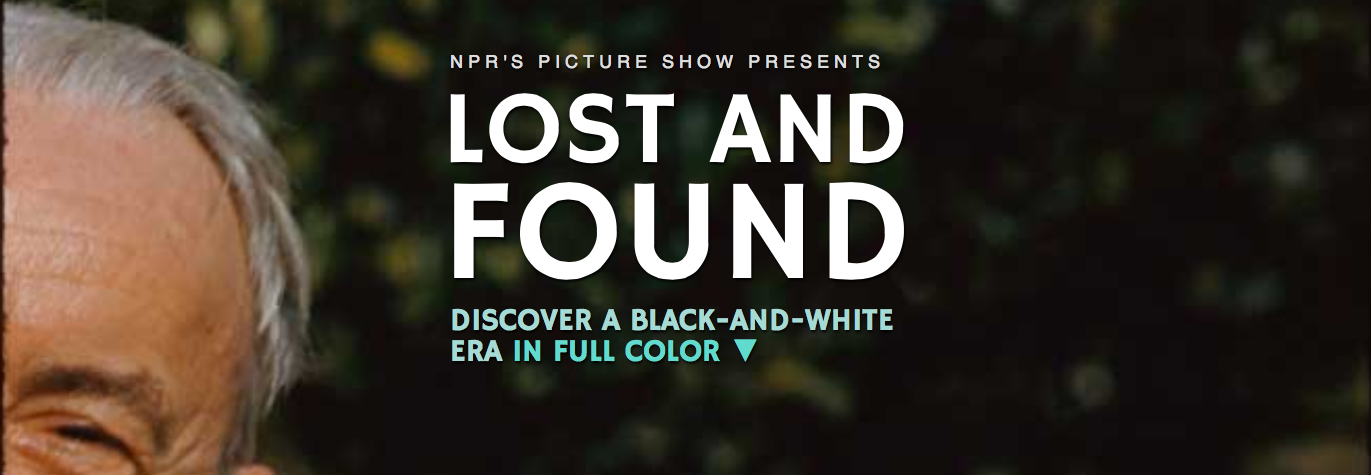A few months ago, while researching how to archive digital photos, I learned about PDA (Personal Digital Archiving). It’s a growing area of study, for academics, independent scholars and personal archivists, with its own annual conference. I’ve decided to submit a proposal this year. The deadline is Monday, December 7th.
As the centrality of personal digital archives and the ubiquity of digital content grows, librarians, archivists, scholars, students, activists, and those who fill the role of the “family IT person,” have to deal with how to best select, preserve, and manage digital material. PDA 2016 seeks to host a discussion across domains focusing on how to best manage personal digital material, be it at a large institution or in a home office.
Description
My Focus: “Personal digital archives and why they matter to individuals, communities, and organizations”
Here’s my first draft of the abstract which can be up to 300 words. It’s 299.
From Scraps of Memory to Fragments of Unofficial Student Life: Personal Digital Archives as Storytelling
Faced with the loss of two grounding forces, my family’s farm and my passion for being an academic, I felt compelled to recover, collect, organize, explore and experiment with materials from my past. Photos, video footage, papers, exams, syllabi, memoirs, letters, scrapbooks, teachers’ comments, course blogs, tweets, newspaper clippings, digitized oral history recordings and more. The result of this memory work are two ongoing online story projects: a story experiment about my family’s farm, The Farm and a virtual collection of accounts of my Undisciplined life as a student, scholar and teacher.
Central to both of these projects is the creation and maintenance of public/online digital archives that not only offer a way to organize and access the personal materials that I use in my story projects, but serve as crucial parts of the storytelling process. For my farm project, which is inspired by a Finnish rag rug loom, the materials in my archive are digital “scraps of memory” that can be accessed and re-purposed by anyone who wants to use them to “weave” their own stories about the Farm. For my Undisciplined life project, the materials in my archive become an unofficial student transcript that provides a record of my undisciplined life as a student and allows me to trace an alternative trajectory for my scholarly self to a space beside and besides the academy.
In this talk, I will describe how these digital archives function within my two storytelling projects, why they are so important in my own processes of remembering and re-imaging my past, and why I’m chosing to house them online on a public blog. I will also discuss my efforts and struggles with collecting materials and determining how to make them accessible to a wide range of people.
UPDATE: Here’s my official submission.

